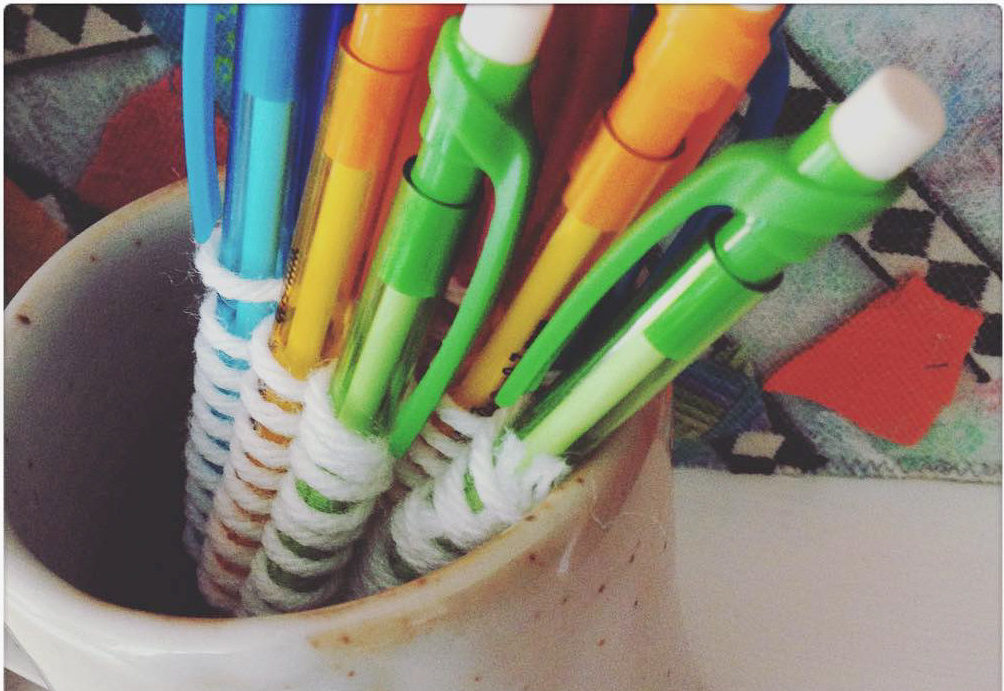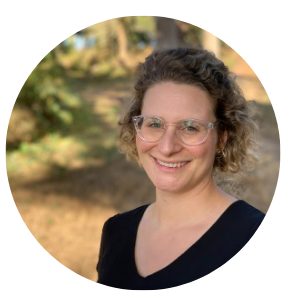“How is he?”
As a child neurologist, this is one of the most common questions I’m asked and one of the hardest to answer. As I stand at the bedside, I try to understand the patient in front of me, integrating their injury and recovery course and the dynamics, hopes and expectations of their family. I also encounter my own hopes and expectations for the child, and those of other doctors, nurses and members of the care team. All of these inputs filter through my head. And then I’m faced with yet another challenge; the field of neurology is actually quite unsure about how and when the brain recovers, let alone for this particular individual sitting in front of me.
There is a shared hope between the parents of a patient and the physicians that things will “go back to normal” after a brain injury. I hear phrases from parents like “I have to believe this will make him stronger than before.” Physicians exclaim, “He looks great, congratulations on going home.” This understandable optimism leaves little space for discussions about the challenges that lie ahead. The hope of brain plasticity and the often-preserved external appearance of a small child who has had aneurysm or AVM surgery fuels this optimism. To be fair, it seems strange to urge caution amid a sea of praise for hard work and recovery. But studies and anecdotes show that many challenges lie ahead in the return to school.
I discuss these challenges here not to be pessimistic, but to create space so that families and physicians can have timely discussions about anticipating some common challenges we see.
Neurologists play a key role in symptom control after a brain injury. This may include helping a family control headaches and sleep difficulties for the patient. Fortunately, we have some tools to help with this such as lifestyle changes, supplements, and medications. We have less to offer in managing fatigue, and so we probably ask our families about it less often. But we know it’s a major challenge and does tend to improve over time as the brain and body get used to a new day-to-day routine.
Our understanding of cognitive rehabilitation – recovery of brain function – is less clear, in part because insurance companies are reluctant to cover neuropsychological testing and therapies. With little data, it’s not clear what the best therapies are for recovery, especially for children. In turn, insurers claim that because these therapies haven’t been shown to be effective, they don’t need to cover them. Most families can get some support for neuropsychological testing and therapy, but often for a much shorter period of time than would probably be optimal for the child.
Another challenge is the artificial division between school and medical treatment for a child recovery from brain injury. Medicine has started to accept that many essential functions of adulthood – driving, working, cooking, managing finances – relate to how the brain functions in the medical setting. But somehow, in the medical world, we haven’t wrapped our minds around that connection between the clinic and “real” life for children. The work of childhood – learning, growing, navigating social interactions – happens largely in school.
School support for children recovering from brain injury varies widely throughout the country and state. Older insurance and education laws in some states provide more access than states like California, for example. Most families are at the mercy of their particular school district, which may be unfamiliar with the condition that the student is recovering from. As one parent told me, “you need one person to be the middle person” to navigate the relationship between the hospital and the school. This parent was actually a principal, which was incredible to me. If this parent feels confused about the return to school process, how must our other families feel? I have heard parents say that their concerns, requests and letters for accommodations from the medical team are not taken into account by their children’s schools. This is in some ways understandable given how thin resources are stretched in schools, but it certainly makes life difficult for our families. I reflect sometimes on how the autism community has rallied to advocate for more support in school and wonder if a convergence of families with acquired brain injury might also benefit from such a coalescence.
I don’t think we do enough to recognize the risk of bullying–which often occurs in school–that can occur after a major hospitalization. Peers can be both quite perceptive of small changes and cruel. I have had patients who otherwise appear “normal” after a prolonged hospital stay need to change schools after being relentlessly teased for a surgical scar on their head. I may not be able to fix that problem, but I certainly want to be aware of it so that I can ask my families about it and provide support and advocacy where able. Much of the care we provide is just that: caring about what is going on, even if it’s beyond our immediate control.
Another domain where my patients’ families face challenges is mood changes, not just in the injured child, but also in caregivers and siblings. If a family member witnessed the inciting injury, there’s a very good chance that they need time and support to process the experience from their perspective. Siblings too can struggle with uncertainty and loss after their brother or sister is injured. In child neurology, the family becomes our patient. I try to spend time during each visit checking in with the family about how they are doing, as the family environment is a key support for the child with injury.
Ultimately, a fascination and challenge in neurology is that the organ that’s been injured is the very organ that’s working to understand and make sense of the injury. I had one patient say to me recently, “I know that something is wrong, but I’m not sure what.” He is exactly right. His healing brain is attempting to make sense of what’s going on, like a pilot who’s flying an airplane while mending it. One of the most important things we can do is to acknowledge the difficulty of healing and understanding at the same time.
These challenges
If you’d like to share your return to school or recovery story with us so we can help serve other families, we would love to hear from you! Email us at brainrecovery@ucsf.edu.
Click the photo to learn more about Dr. Johnson-Kerner.

